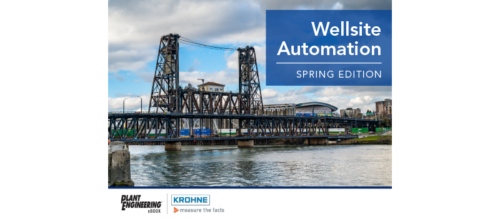Careful planning is key to successful coker drum repair
Weld overlay offers an interesting solution to repair delayed coker units (DCUs) and their coke drums, but it should be carefully planned and controlled to ensure the delivery of a durable system.
Weld overlay offers a highly cost- and time-efficient alternative to coker drum replacements when surface cracks, bulges and corrosion compromise the correct functioning of the delayed coker unit (DCU). Different weld overlay solutions are possible, each one using a large number of processing parameters. Therefore, skilled repair specialists must be able to evaluate the various alternatives, choose the most suitable and reliable, as well as set the processing parameters correctly.
Finite element analysis benefits
Finite element analysis (FEA), also known as finite element method (FEM), is a key tool to simulate weld overlay procedures and the resulting residual stresses and distortions. More precisely, FEA offers a computer-aided insight into the mechanical and thermal behaviors of weld overlaid structures, such as coker drums. As a result, the technology allows weld overlay operators to define an optimal strategy in a quick and cost-effective way, without the need for real-world experiments and pilot tests.
Within the FEA program, a model of the pieces of equipment with a possible weld overlay is computed and subdivided into a mesh with a finite number of small elements, each of which is assigned its specific mechanical and thermal properties. Mechanical models analyze the relationship between stress, strain and elastic moduli, while thermal models use features such as thermal conductivity and heat capacity to determine thermal expansion as well as which areas reach threshold temperatures during operation.
The comprehensive model is then virtually exposed to the conditions that it is expected to withstand during operation. Different project plans can be tested and based on the results from the FEA simulation, specialists can fine-tune the weld procedure by adjusting the parameters within the model. This enables the most efficient position and dimensions of the weld patches for the intended coker drum repair to be established. As a result, customers can be sure that their equipment will run optimally under non-steady state operating conditions.
Real-time monitoring
Once the optimal weld overlay procedure has been selected, it is important to stick to it. A method to ensure this consists of using a laser profilometry system that monitors the topography of the surface being welded. By creating a detailed and accurate surface map, the laser-levelled track system can detect small surface imperfections that require thicker or thinner weld overlay to ensure continuity and homogeneity.
Refineries always aim to improve the durability of their equipment and advanced weld overlay provides a highly suitable repair method. When this technique is backed by high-quality FEA and real-time control, plants can restore the initial DCU capabilities and run their operations at peak performance.
Sulzer
– Edited by CFE Media. See more production and supply chain management stories.
Original content can be found at Oil and Gas Engineering.
Do you have experience and expertise with the topics mentioned in this content? You should consider contributing to our CFE Media editorial team and getting the recognition you and your company deserve. Click here to start this process.


